The ghosts of the Chu Chi tunnels are thick here. They linger in the dank, humid air as spirits of soldiers – spirits of men who were brutal killers and those who were brutally killed here on this earth beneath our feet. The killing happened during both the war with France in 1945 and later during Vietnam Civil War, which the U.S. took part in on the side of the South Vietnamese.
A generation divided
Our guide’s father fought and killed for the Viet Cong. To this day, he will not speak a word to his sisters who made the choice to live their lives in America after the war. There is a propaganda reel playing here at the tunnels about the glory of killing American soldiers. The pride they still feel about the brutal yet cunning ways they killed American Soldiers in guerrilla warfare is abhorrent. The propaganda evokes emotion, anger and sadness. My husband’s father and uncles fought here on the ground in Vietnam. They fought because their country wanted to aid the South Vietnamese against the invading communist North Vietnamese. We hear the sound of gunshots being fired as a money maker off the tourists. The sound is loud and startling, my heart jumps and pulse races. The smell of gunpowder is in the air and Topher is overwhelmed by the reality of what has happened here upon these killings grounds. The fight that forever changed his father and his family. The fact that they are glorifying killing American Soldiers after 40 years is a stunning and horrifying realization.
Some background on the Chu Chi Tunnels
The Chu Chi tunnels were first built by the Viet Minh to fight against French as Vietnam was occupied by France from 1847 to 1942. Then in 1954 the tunnels and traps were utilized against South Vietnam and the U.S., during what we call the Vietnam War. The North Vietnamese call it “The War of American aggression” and there is no mention that the U.S. was heeding a call for help from the South Vietnamese who had been invaded by the Communist North.
The tunnels have 3 levels and are an elaborate system for fighting, eating, sleeping, medical care and armory. The first level, 3 meters under ground, was for both crawling to attack and living, the 2nd level is 6 meters under ground and the 3rd level is 10 meters down. The Viet Cong from the north used the tunnels. They secretly traveled from the north to re-dig and expand the Chu Chi tunnels in the south near Saigon to fight against the South in their own territory.
Russians supplied food, ammunition and tanks to North Vietnam. America first only supplied guns to South Vietnam. Then is 1965, the U.S. sent troops for training to Da Nang, war ensued and the U.S. pulled out defeated in 1973.
Vietnam Today
Today, the younger generations are happy to no longer be communist. Duc, our guide, told us being a communist was a difficult life of ration cards and poverty. When the North unified with the South in 1975 things changed. The name of Saigon was changed to Ho Chi Minh City, after the name of their longtime President from North Vietnam. President Ho Chi Minh had been the leader of the Communist Party. Even though the name has officially changed, most everyone has decided to call Saigon by its real name …Saigon.
Today, the people of Vietnam are free to make a life for themselves and are generally happy, especially the farmers, a resilient and adaptable people.
In the Mekong Delta there is a wet season and a dry season. The farmers adapt from growing rice in wet season to growing water chestnuts, lotus flowers, and other flowers planted inside bamboo and watered with collected water in the dry season. The farmers also farm turtles and alligators. The lotus flowers are grown to sell to the Buddhist monks and worshipers visiting the Buddhist temples as offerings to the Buddha.
One of the most interesting things the farmers do is read the weather by looking at the behavior of insects. Farmers can tell if the earthworm is burrowing then the land will soon be flooded. If the dragonflies are flying low, it will be raining, and if the dragonflies are flying high it will be dry.
The wide Mekong delta flows brown with fertile silt. It looks like a wide river flowing the color of tea with cream. Here is where the trade happens. Wholesale Sellers go the the farms and buy freshly harvested vegetables directly from the farmers. Sellers haul their veggies to their boats and sell them at the floating market. How do you know what each person is selling? High up on a pole in the front of their boat they will place the item that they have for sale. People from villages all around come to the Mekong Delta floating market to buy goods at wholesale and return to their village to sell them individually.
Duc says the farmers The Mekong Delta are very happy because they make a living for themselves. A life provided 100% from the land makes for a good life.
During the wet season, the cities of the Mekong Delta often flood and homes are destroyed. When the following dry season comes they rebuild a fresh house with bamboo which grows quickly and easily, they use coconut palm fronds for roofs. Some villages have adapted to building houses that will float on the water as it rises. Others have built entire cities on stilts, complete with schools and police stations. We visited a floating village, we met the children who are so happy with so much less. We saw the people living and laughing and playing on the earthen streets twenty feet below their stilted homes. When the water is at its highest the children need to take a boat to get to the school from their home as the earth we are standing on today will be 15 feet under the water’s surface.
Vietnam is a resilient country, they have come through a 900-year occupation by China, followed shortly there after by a 100-year occupation by France, to then have the Japanese take over by kicking out the French during WWII. Most recently they suffered under a communist regime where they were dying of starvation because the government took all their crops for export and redistribution. Now they are a socialist republic and free to keep the money they earn. They are fee to start businesses, most of the necessities are available, including healthcare and public education.
Vietnam was an education and an adventure. We witnessed a thriving contemporary city vibe in Saigon and Danang, met the farmers of the Mekong Delta and Hoi An, biked past rice fields that go on forever, and cruised the the great limestone karsts of Ha Long Bay. We stood on a fire-breathing bridge in Danang with 20,000 locals. I have sweat until I am drenched, but would not give a moment back. Vietnam – A land of dark history and a bright future.
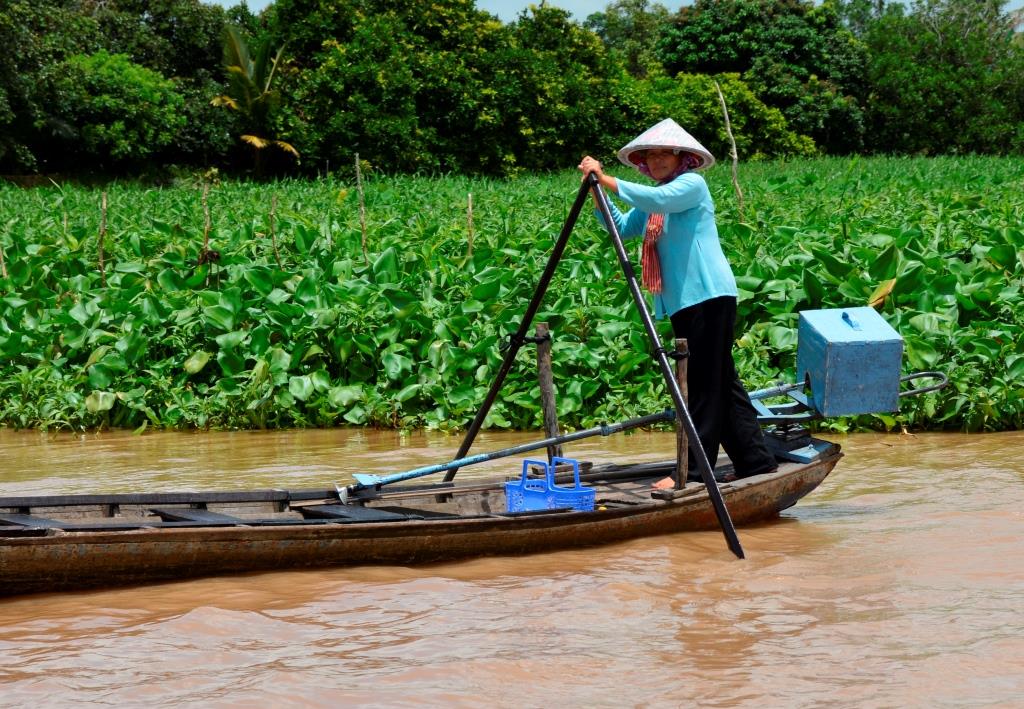
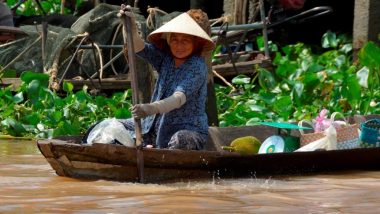
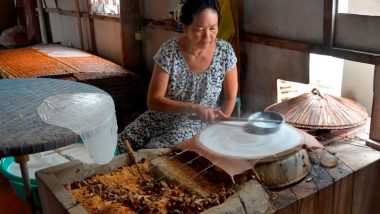
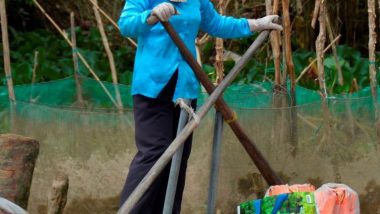
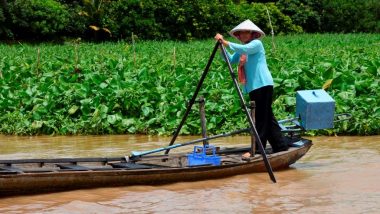
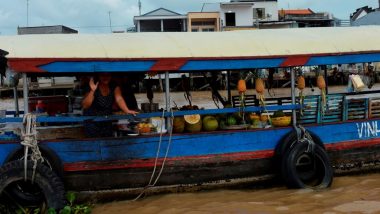
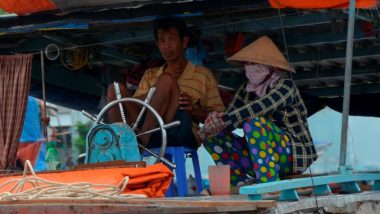

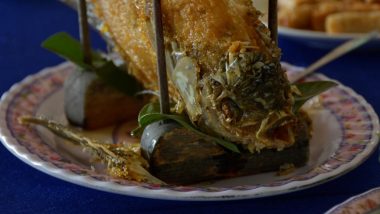

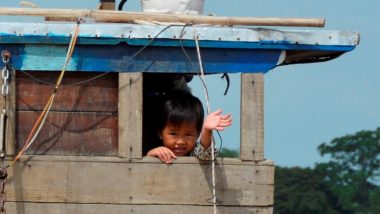
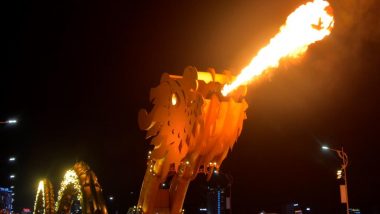
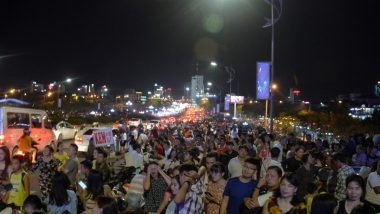
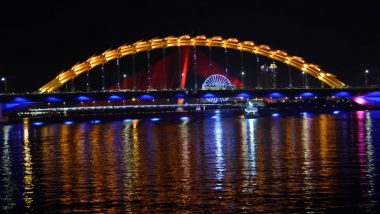
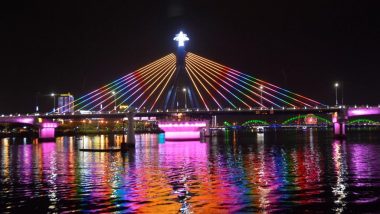
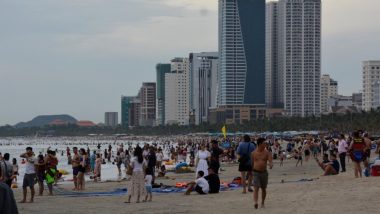
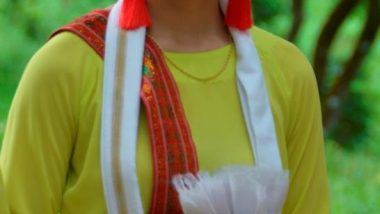
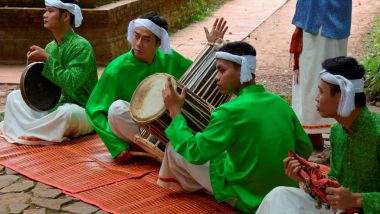
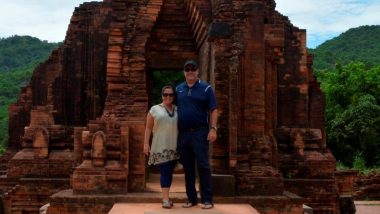
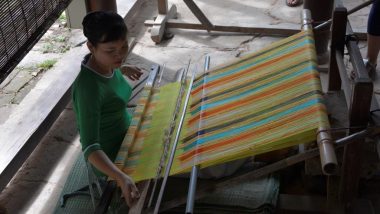
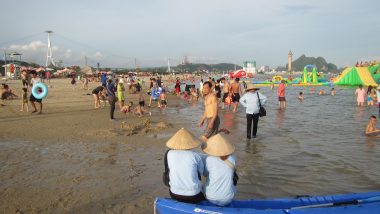
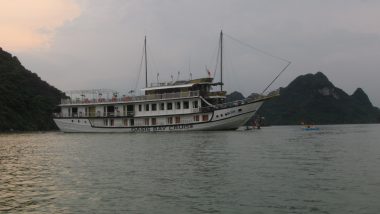
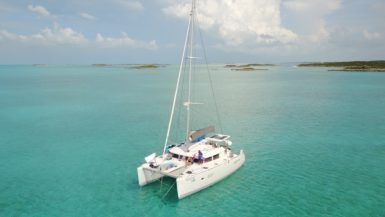
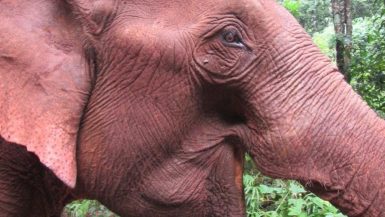
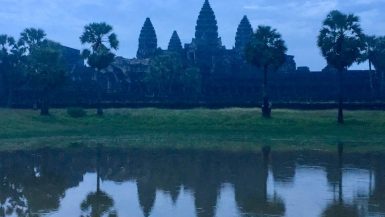
Thank you for the insight and the update on a country whose map hung on my Navy wall during the war. So strange to see Da Nang so festive, and hear the story of Saigon’s name change. I remember Ho Chi Min. Your Dad, John, and Uncle Jim were stationed just north of there at Chu Lai air base, plus Uncle David was a little further north at the famous Hue, and often talked not too fondly of the tunnels you described. He was a Navy CB who bragged how he built the base there before the Marines could land. It still brings years to my eyes, even 50 years later.
This is all so amazing Kim.
So glad you are sharing this adventure.
Very powerful and descriptive, Kim, and a great reminder that history is not something in the past, but something we live in every day.